INTRODUCTION
This is a rather healthy dish…loaded with herbs and vegetables and with very minimum amount of meat (if dry prawns are not used).. It can be easily transform into a pure vegetarian dish if you do not use garlics and dry prawns. This dish can be even healthier if you do not stir fry the vegetables with oil, instead water blanch all the vegetables….Of course, this method will lack the fragrant of sautéed garlic and shallots.
Lei Cha is a bowl of hot steaming rice, topped with various vegetables, nuts and served with a bowl of slightly salty soup made of peanuts, herbs and green teas. It was rather common nowadays in Singapore and Malaysia eating outlets especially in the Hakka restaurants. Traditionally, this dish was prepared in the household of Taipu (大浦)Hakka dialects..
The taste of this dish is an acquired taste. Either you like it or hate it. It is slightly bitter and sweet (甘甜). The bitterness stems from the herbs mix and the tea used.. The bitterness will “subside” after you take the second or third spoon of the soup..

The word Lei Cha (擂茶) means grounding of tea.. Lei is an action of grinding and pounding of tea. Peanuts and sesame seeds are pounded and ground together with the herbs in a wooden mortar until very fine. However, in current year, most recipes have used food processor and blender for the job.
As usual, let’s have Wikipedia to explain to us this traditional cuisine:
“Lei cha (Chinese: 擂茶; pinyin: léi chá; literally “pounded tea“) or ground tea is a traditionalHan-Chinese tea-based beverage or gruel. The custom of Lei cha began in the Three Kingdomsperiod or even Han Dynasty. It is very prevalent among Hakka people in Hakka regions of Mainland China (mainly Southeast China). It is brought by Hakka people to Taiwan, Malaysia, and any locales with a substantial Hakka diaspora population. Besides Hakka Lei cha, Lei cha is also very traditional among Hunanese people in Northern part of Hunan Province of Mainland China. So, the Lei cha custom in China has two different kinds: Hakka Lei cha; and Hunan Lei cha.Lei cha is not the same as Chinese tea because there are always other ingredients. Pounded tea consists of a mix of tea leaves and herbs that are ground or pounded together with various roasted nuts, seeds, grains, and flavorings. “(Source: http://en.wikipedia.org/wiki/Lei_cha)
“擂茶,又名三生湯或鹹茶,是一種漢族特色食品。擂茶主要流传于中国大陸東南部一帶。擂茶是把茶叶、芝麻、花生等原料混合乾擂研磨成粉后,再加入水泡勻享用的养生茶饮。擂者,研磨也。擂茶在中国大陸分佈甚廣,各地擂茶制作方法各有不同,尤其是配料的选择差别较大。擂茶按地域和族群可以分为客家擂茶和湖南(非客家)擂茶两大类。客家擂茶可能源于北宋的中原地区(现河南省固始一带),南宋诗中有“渐近中原语音好,见客擂蔴旋点茶”句。客家擂茶是客家文化的重要組成部分之一,客家人更把擂茶帶到了台灣。保留客家擂茶古朴习俗的地方有:江西省的赣县、石城、兴国、于都、瑞金等;福建省的将乐、泰宁、宁化等地;广东省的揭西、陆河、清远、英德、海丰、汕尾、惠来、五华等地;广西省的贺州黄姚、公会、八步等地。擂茶是客家族群招待貴賓所用的茶點。客家擂茶不單飽肚,還可解渴。廣東、廣西客家人的傳統做法,一般用小米、花生、芝麻、生薑、黃豆等食材經複雜手續加工而成,呈粉末狀。食用時沖入開水調勻成糊狀,或加入涼水在鐵鍋中煮開調勻。具獨特的香味,微咸,美味可口。客家擂茶文化在福建的客家人中亦有分布,主要有两处:一是宁化县,一是将乐县。其中将乐县的擂茶在民俗中尤其重要。民间的各类喜庆节日、红白事项、交友往来,平常待客,乃至日常生活,均离不开它。在交往方面,它比酒席更宽广、层次更丰富。邀请的客人可以是亲戚、朋友、同事,甚至可以是朋友的朋友、过往的路人。该地人情味极浓,与客家的擂茶文化有关。将乐擂茶以芝蔴、茶叶为主料,佐以少量桂皮、桔皮等香料,夏秋季节,有时还用少量青草药,用微量水擂烂原料成糊状后,冲入稍凉后的沸水,成悬浮液。平日间,三五朋友,隔壁邻居,小擂小饮;遇喜庆事,或春日擂茶,客人一拨接一拨,流水席,加配满桌花生、瓜子、炒笋、油粿等小菜,常要安排一天时间,大喜庆如结婚等,有连擂两三天的。” (Source: http://zh.wikipedia.org/wiki/%E6%93%82%E8%8C%B6)
From the above 2 definitions, I wished to highlight the following:
- Lei Cha shall be translated as “Pounded Tea” instead of “Thunder Tea” since the word Lei (擂)is an pounding action and different from the word Lei (雷)as for thunder.
- It is not only a Hakka dish, Hunanese people also prepared Lei Cha as well,
- Another name for this tea is “咸茶“ or savoury tea suggested that the tea should be slightly salty;
- The name “三生汤” or “养生茶” suggested that this tea is a soup that are beneficial to our bodies because it was loaded with herbs beneficial to our bodies;
- There are many regional adaption of cooking ingredients and preparation methods and none shall claim that hers or his is the most authentic.
For this illustration, I have purposely prepare 9 dishes (including the herbal soup and white rice) as it is an auspicious number meaning eternality.. There are many herbs and vegetables stated but most are optional and substitutable except Thai basil, mint leaves, coriander, Chinese Tea, peanuts and sesame seeds. These are few ingredients that give the distinctive taste. Preparation is a bit laborious and I am rather happy that I have successfully prepared it. Feedback from Hakka relatives are that the soup is tasty but is not as fine as what she had prepared using the wooden mortar..
WHAT IS REQUIRED
Servings: 4-6 adult servings
Soup
- 200 grams of roasted or cooked peanuts (花生)
- 100 grams of Thai basil leaves (九层塔)
- 100 grams of mint leaves (薄荷)
- 60 grams of coriander leaves (芫茜)
- 60 grams of mugwort leaves (艾叶)
- 3 tablespoons of tea leaves (茶叶)
- 2 tablespoons of toasted sesame seeds (芝麻)
- 2 cloves of garlic (蒜头)- optional
- 1 cm of ginger (姜)- optional
- Salt to taste (盐巴)
- Dashes of white pepper (胡椒粉)- optional
Dishes
- Some Chinese mustards (芥菜)
- Some French beans (四季豆)
- Some long beans (长豆)
- Some Chinese leeks (大蒜)
- Some winged beans (四菱豆)
- Some firm bean curd (豆干)
- Some preserved radish (菜脯碎)
- Some dried prawns (虾米)
Note: I have prepared 7 dishes but the quantities and type of ingredients are up to individual to decide. Feel free to change to your preferred vegetables that your family likes. As a reference, you can use 100 grams of all the vegetables). Some recipes uses red beans, anchovies, sayur mani as well.
STEPS OF PREPARATION
- Pluck all the young vegetable leaves, clean and drain.
- Steep the tea leaves with some hot water. Set aside.
- In a food processor, blend all the herbs until as find as you can.
- In a blender, blend the peanut, sesame seeds and the tea leaves (with the tea) until fine. As it is hard to blend the peanut and sesame seeds, some water may be required. Transfer the blended herbs to the blender, add salt, dashes of white pepper and continue to blend until as fine as possible. Add more hot water if you can’t blend it properly. Blend until it resemble a paste. When serving, 1-2 teaspoon of the paste will be put in a bowl and steep with some boiling hot water and it will become the soup to serve with the rice.
- Wash the vegetables and julienne it into small pieces.
- For the vegetables, sauté chopped garlics with some oil, stir fry the vegetables individually. Add your preferred seasonings and salt to taste, Dish up.
- For the tofu dish, sauté chopped garlics with some oil, add the dry prawns, preserved radish and stir fry until fragrant. Add the firm bean curd stripes, stir fry until well mixed. Add seasonings (suggested: light soya sauce, white pepper, salt and sugar to taste). Dish up.
- For assembly, have a bowl of steaming white rice, put a tablespoon of all the vegetables on top the rice, sprinkle with additional peanuts. In another bowl, put 2-3 tablespoons of tea paste, steep with hot water to prepare the tea soup. Serve this bowl of rice with the tea soup.
CONCLUSION
Like many traditional cuisines, every household will claim that theirs is the most authentic. In my humble opinion, none shall claim that theirs is authentic as it is a dish with a long history and with many regional adaptions of methods and cooking ingredients.. Let’s be open minded. Searching of recipes yield many totally different recipes and I will just choose one that will suit my taste buds. I hope that this post will serve as a starting recipe for readers who have never prepare the dish before.. Have a first trial and amend or adjust the ingredients in your second trial to suit your family’s taste buds. Remember only the few critical ingredients that was mentioned above and I would strongly advise not to omit it.
Hope you like the post today. Cheers and have a nice day.


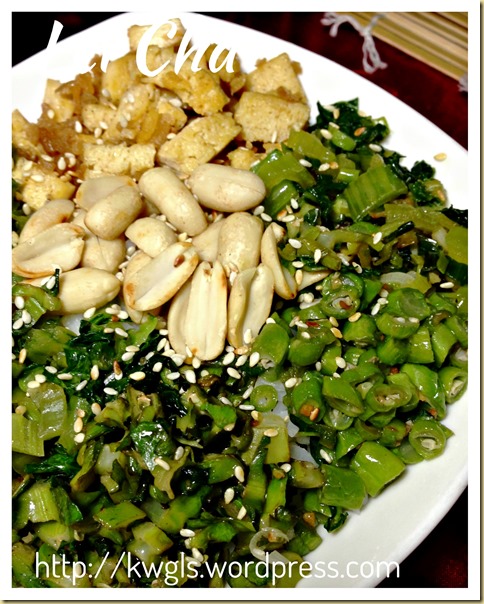

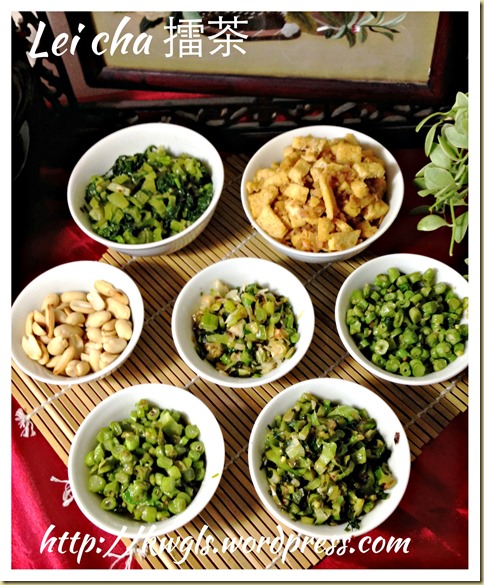





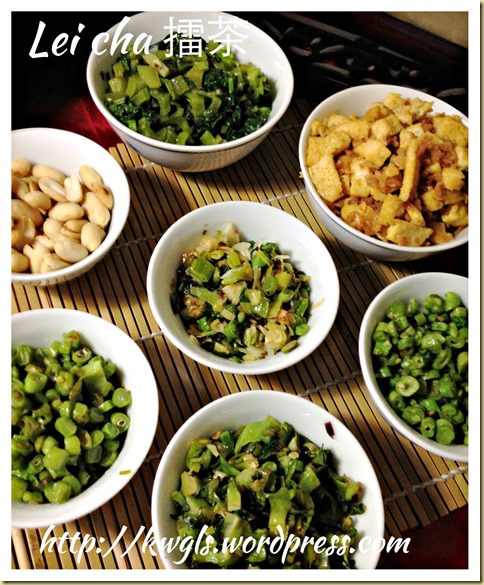


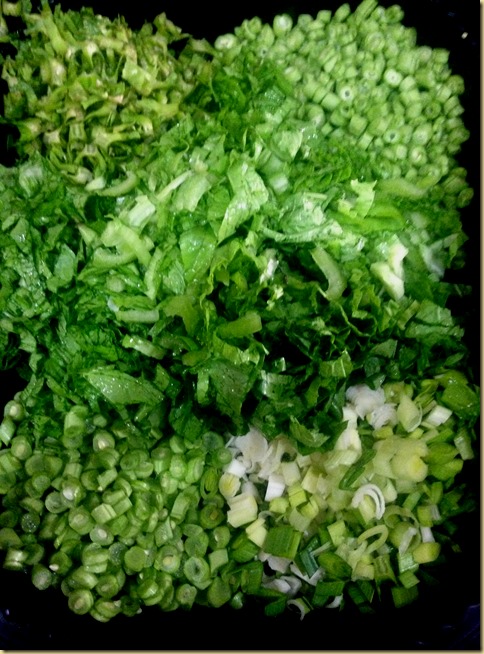

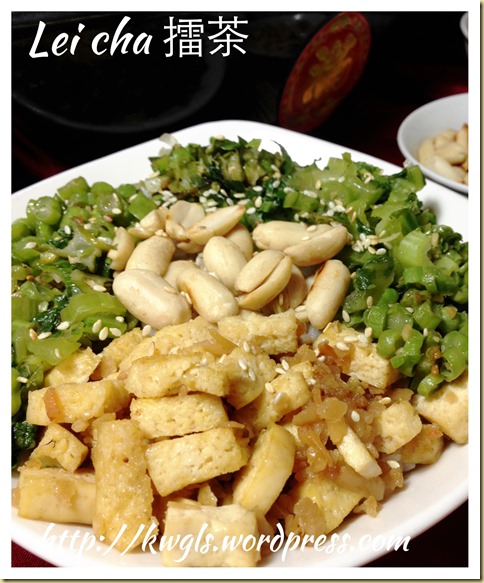
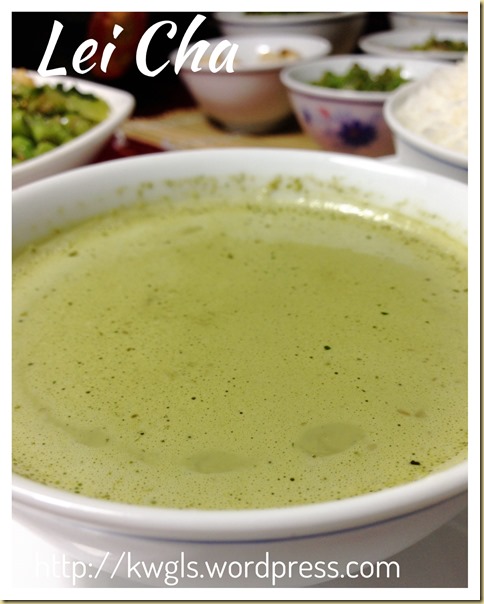


No comments:
Post a Comment